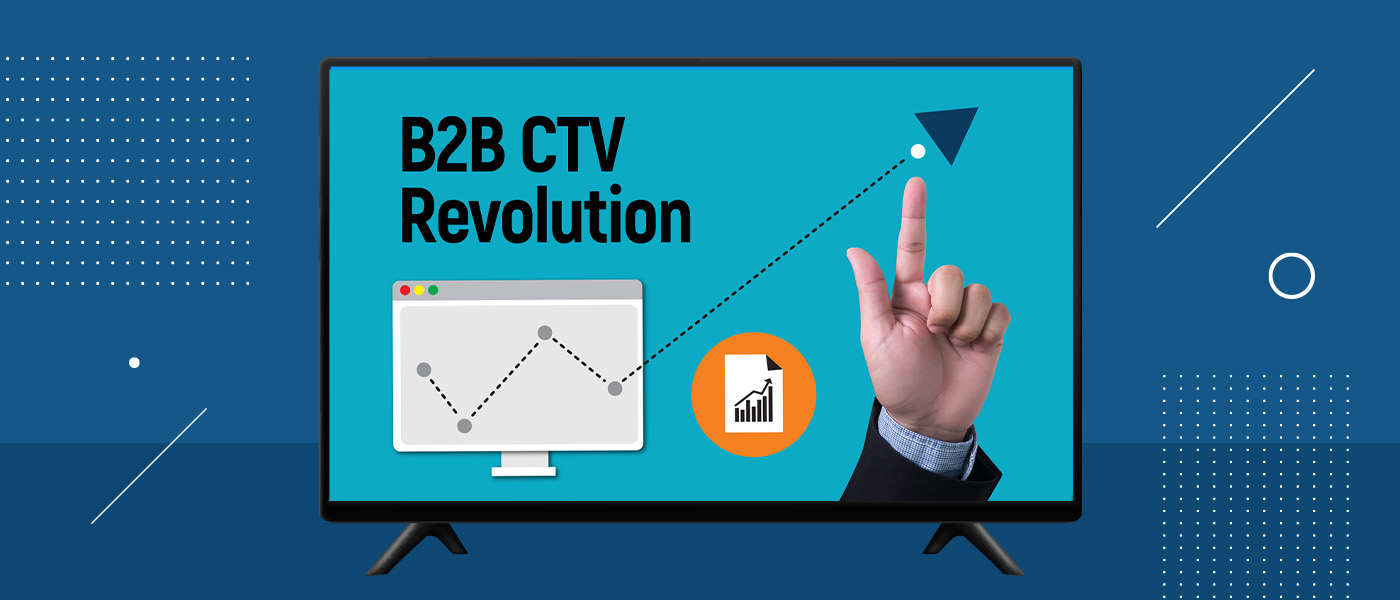
Website monetization mistakes that must be avoided at any cost
ThePubverse Team | December 27, 2022
Website monetization has allowed publishers an opportunity to unlock an additional revenue stream that creates value for all stakeholders, whether it is advertisers or users. How efficiently they can monetize their website primarily depends on the reach of the website and amount of users who frequent it. The higher the traffic and the better your site’s ranking on search engines, the more ad revenue you’ll earn. But even if you command an excellent ranking and high-quality content with high traffic, other strategies also come into the picture to enhance the monetization efforts of publishers. Publishers must be aware of certain points that can create roadblocks in their monetization journey and should avoid them at any cost. This blog will discuss the common mistakes publishers should be aware of to create a seamless monetization strategy.
Intrusive Advertising
What has been the most detrimental to the monetization journey of the publishers is when they start showcasing too many unwanted ads on their websites, which ends up annoying the users and disrupting the user experience. Hence it is always advisable to showcase native advertisements on the website in a controlled way so that the user responds positively to those ads. Another massive benefit of running native advertisements is that they outperform any other advertisement format and help advertisers to drive better conversion and revenue. With native ads, brands have a much better chance to connect with their audience, reach their target markets, and expand their followers in the long term. And since these ads look just like the organic content, users tend to engage more with them, generating better conversions and revenue for the advertisers by taking favorable actions. According to a survey by a leading media house, it was expected that native ads would account for more than 70 percent of the total display ads in the US by 2021.
Excessive Advertisement
Placing too many ads on your website makes it difficult for users to interact with your content, resulting in a bad user experience and eventually leading to lower rankings in search results. Publishers should be aware that the number of ads placed on their website should directly relate to the length of the content on the portal. Experts suggest that the density of ads on any website page should be between 30%-70% to get the best results out of the campaigns. There is a misconception that the greater the number of web page ads, the greater revenue they will generate for the publishers; it can’t be farther from the truth. If ads are placed without a strategy and interfere with the user reading experience, they will only bring lower conversions.
Choosing the Wrong Ad Format
To effectively monetize your website, publishers need to understand their audiences and look at analytics to know which ad formats work well on their website rather than putting ad-hoc formats that yield subdued results. With the wrong ad format, most ads go unnoticed, resulting in low CPMs, which no publisher would want. Therefore, publishers should always go for ad formats that deliver high CPM for apps and desktops, like banner ads, sticky ads, interstitial ads, and native ads. Apart from the ad formats, its placement is equally important to get the most out of any advertisements. Placing the ads in any nook and corner will only do more harm than good to the publisher as it will be a mere waste of the premium real estate and a deterrent to good user experience. Ads should never be placed in places that are hard to discover or too close to the navigation buttons, which can irritate the user.
Low-Quality Content
While all the factors mentioned above are detrimental to effective website monetization, having low-quality content on the platform will be the biggest hindrance for any publisher. With low-quality content, we mean the content on the website which is inadequate, incomplete, and lacks essential qualities that are required by the users and the search engines for SEO purposes. When the quality is not satisfactory, it will dissuade users from spending considerable time on the website and engaging with the content, thus harming the performance of all the advertisements placed on the portal and negatively impacting the publisher and the advertiser. Hence, publishers should emphasize generating high-quality content for their websites as researchers conclude that high-performing content generates significantly high revenues and massive engagement rates.




